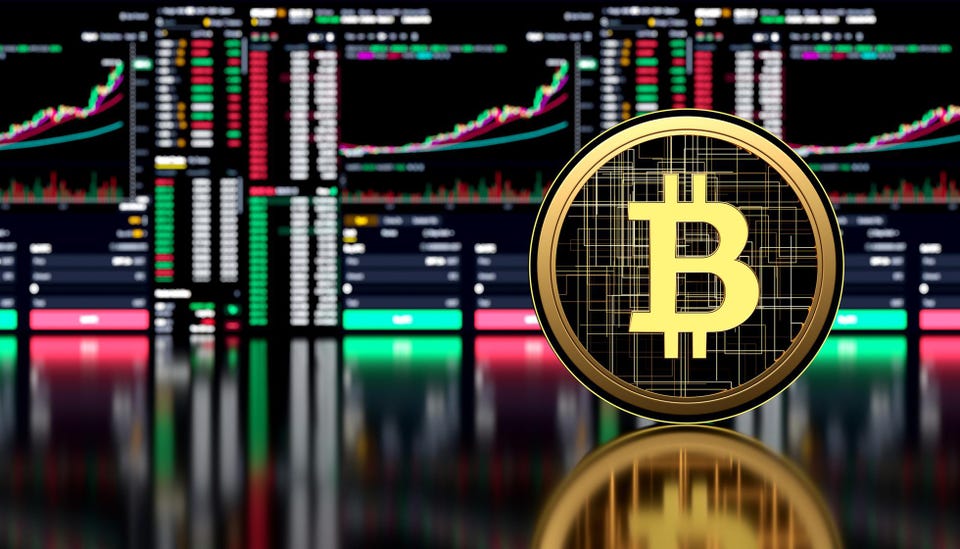In recent years, crypto art has emerged as a revolutionary force within the traditional art world, blending technology, creativity, and decentralization to redefine how art is created, owned, and traded. This blog explores the transformative impact of crypto art, its underlying technologies, and the implications for artists, collectors, and the broader art market.
The Rise of Crypto Art
Crypto art represents a new paradigm in artistic expression enabled by blockchain technology, specifically non-fungible tokens (NFTs). NFTs are unique digital assets that certify ownership of digital artworks, allowing artists to tokenize their creations and sell them directly to collectors on blockchain-based platforms. This innovation has democratized access to the art market, empowering artists from diverse backgrounds to showcase and monetize their work globally.
Decentralization and Ownership
At the core of crypto art is the principle of decentralization. Unlike traditional art markets dominated by galleries and auction houses, crypto art platforms operate on decentralized blockchain networks, where transactions are transparent, secure, and immutable. Artists retain greater control over their intellectual property rights, bypassing intermediaries and establishing direct relationships with collectors. This shift towards decentralized ownership has reshaped traditional notions of art ownership and provenance in the digital age.
Tokenization and Scarcity
By tokenizing artworks as NFTs, artists can create verifiably scarce digital assets that are resistant to duplication and counterfeit. Each NFT represents a unique piece of art, certified by its presence on the blockchain, which ensures authenticity and provenance. Collectors can purchase NFTs knowing that they own a digital original, complete with metadata that records the artwork's creation, ownership history, and any associated royalties for the artist.
Innovation in Artistic Expression
Crypto art has unleashed a wave of innovation in artistic expression, encouraging artists to explore new mediums, formats, and interactive experiences. From digital paintings and animations to virtual reality (VR) and augmented reality (AR) installations, artists are pushing the boundaries of creativity and engaging audiences in dynamic, immersive ways. NFTs enable artists to embed programmable features into their artworks, allowing for interactive elements and ongoing engagement with collectors.
Economic Empowerment for Artists
For artists, crypto art represents a significant opportunity for economic empowerment. By tokenizing their artworks as NFTs, artists can monetize their digital creations directly, without relying solely on traditional art market channels. Smart contracts embedded within NFTs can automate royalty payments to artists each time their work is resold, ensuring ongoing compensation for their creativity and fostering sustainable careers in the digital art ecosystem.
Challenges and Criticisms
Despite its transformative potential, crypto art faces challenges and criticisms. Environmental concerns related to the energy consumption of blockchain networks used for minting and trading NFTs have sparked debates within the art community. Questions about the long-term value and sustainability of digital artworks as investments continue to be subjects of scrutiny. Additionally, issues of copyright infringement and the authenticity of digital creations pose ongoing challenges for artists and collectors alike.
Cultural Impact and Recognition
Crypto art has not only challenged traditional art market practices but has also gained recognition within mainstream cultural and artistic circles. Major museums, galleries, and cultural institutions are increasingly incorporating digital art and NFT collections into their exhibitions and permanent collections, acknowledging the significance of blockchain technology in shaping contemporary artistic discourse. Crypto art has sparked conversations about the future of art curation, ownership, and preservation in the digital era.
Future Directions and Potential
Looking ahead, the impact of crypto art on the art world shows no signs of slowing down. As blockchain technology continues to evolve and new use cases for NFTs emerge, the boundaries between art, technology, and finance will continue to blur. Artists and collectors are exploring the potential of blockchain for creating decentralized autonomous organizations (DAOs) and collaborative art projects, reshaping the future of the art industry.
Conclusion
In conclusion, crypto art represents a transformative force within the art world, leveraging blockchain technology to redefine artistic creation, ownership, and trade. By decentralizing ownership, promoting artistic innovation, and empowering economic empowerment for artists, crypto art has democratized access to the global art market and sparked cultural and technological advancements. As the crypto art ecosystem continues to evolve, it will be essential to address challenges, embrace opportunities for innovation, and foster inclusive and sustainable growth within the digital art community.








0 Comments